CONCLUSION
From the foregoing data, it seems, we may draw two essential conclusions:
1. The Germanic invasions destroyed neither the Mediterranean unity of the ancient world, nor what may be regarded as the truly essential features of the Roman culture as it still existed in the 5th century, at a time when there was no longer an Emperor in the West.
Despite the resulting turmoil and destruction, no new principles made their appearance; neither in the economic or social order, nor in the linguistic situation, nor in the existing institutions. What civilization survived was Mediterranean. It was in the regions by the sea that culture was preserved, and it was from them that the innovations of the age proceeded: monasticism, the conversion of the Anglo-Saxons, the ars Barbarica , etc.
The Orient was the fertilizing factor: Constantinople, the centre of the world. In 600 the physiognomy of the world was not different in quality from that which it had revealed in 400.
2. The cause of the break with the tradition of antiquity was the rapid and unexpected advance of Islam. The result of this advance was the final separation of East from West, and the end of the Mediterranean unity. Countries like Africa and Spain, which had always been parts of the Western community, gravitated henceforth in the orbit of Baghdad. In these countries another religion made its appearance, and an entirely different culture. The Western Mediterranean, having become a Musulman lake, was no longer the thoroughfare of commerce and of thought which it had always been.
The West was blockaded and forced to live upon its own resources. For the first time in history the axis of life was shifted northwards from the Mediterranean. The decadence into which the Merovingian monarchy lapsed as a result of this change gave birth to a new dynasty, the Carolingian, whose original home was in the Germanic North.
With this new dynasty the Pope allied himself, breaking with the Emperor, who, engrossed in his struggle against the Musulmans, could no longer protect him. And so the Church allied itself with the new order of things. In Rome, and in the Empire which it founded, it had no rival. And its power was all the greater inasmuch as the State, being incapable of maintaining its administration, allowed itself to be absorbed by the feudality, the inevitable sequel of the economic regression. All the consequences of this change became glaringly apparent after Charlemagne. Europe, dominated by the Church and the feudality, assumed a new physiognomy, differing slightly in different regions. The Middle Agesto retain the traditional termwere beginning. The transitional phase was protracted. One may say that it lasted a whole centuryfrom 650 to 750. It was during this period of anarchy that the tradition of antiquity disappeared, while the new elements came to the surface.
This development was completed in 800 by the constitution of the new Empire, which consecrated the break between the West and the East, inasmuch as it gave to the West a new Roman Empirethe manifest proof that it had broken with the old Empire, which continued to exist in Constantinople.
UCCLE,
May 4 th , 1935, 10.30 a.m.
HENRI PIRENNE
A CATALOG OF SELECTED
DOVER BOOKS
IN ALL FIELDS OF INTEREST
A CATALOG OF SELECTED DOVER BOOKS IN ALL FIELDS OF INTEREST
CONCERNING THE SPIRITUAL IN ART, Wassily Kandinsky. Pioneering work by father of abstract art. Thoughts on color theory, nature of art. Analysis of earlier masters. 12 illustrations. 80pp. of text. 5 x 8.
0-486-23411-8
CELTIC ART: The Methods of Construction, George Bain. Simple geometric techniques for making Celtic interlacements, spirals, Kells-type initials, animals, humans, etc. Over 500 illustrations. 160pp. 9 x 12. (Available in U.S. only.)
0-486-22923-8
AN ATLAS OF ANATOMY FOR ARTISTS, Fritz Schider. Most thorough reference work on art anatomy in the world. Hundreds of illustrations, including selections from works by Vesalius, Leonardo, Goya, Ingres, Michelangelo, others. 593 illustrations. 192pp. 7 x 10.
0-486-20241-0
CELTIC HAND STROKE-BY-STROKE (Irish Half-Uncial from The Book of Kells): An Arthur Baker Calligraphy Manual, Arthur Baker. Complete guide to creating each letter of the alphabet in distinctive Celtic manner. Covers hand position, strokes, pens, inks, paper, more. Illustrated. 48pp. 8 x 11.
0-486-24336-2
EASY ORIGAMI,John Montroll. Charming collection of 32 projects (hat, cup, pelican, piano, swan, many more) specially designed for the novice origami hobbyist. Clearly illustrated easy-to-follow instructions insure that even beginning paper-crafters will achieve successful results. 48pp. 8 x 11.
0-486-27298-2
BLOOMINGDALES ILLUSTRATED 1886 CATALOG: Fashions, Dry Goods and Housewares, Bloomingdale Brothers. Famed merchants extremely rare catalog depicting about 1,700 products: clothing, housewares, firearms, dry goods, jewelry, more. Invaluable for dating, identifying vintage items. Also, copyright-free graphics for artists, designers. Co-published with Henry Ford Museum & Greenfield Village. 160pp. 8 x 11.
0-486-25780-0
THE ART OF WORLDLY WISDOM, Baltasar Gracian. Think with the few and speak with the many, Friends are a second existence, and Be able to forget are among this 1637 volumes 300 pithy maxims. A perfect source of mental and spiritual refreshment, it can be opened at random and appreciated either in brief or at length. 128pp. 5% x 8.
0-486-44034-6
JOHNSONS DICTIONARY: A Modern Selection, Samuel Johnson (E. L. McAdam and George Milne, eds.). This modern version reduces the original 1755 editions 2,300 pages of definitions and literary examples to a more manageable length, retaining the verbal pleasure and historical curiosity of the original. 480pp.  x 8.
x 8.
0-486-44089-3
ADVENTURES OF HUCKLEBERRY FINN, Mark Twain, Illustrated by E. W. Kemble. A work of eternal richness and complexity, a source of ongoing critical debate, and a literary landmark, Twains 1885 masterpiece about a barefoot boys journey of self-discovery has enthralled readers around the world. This handsome clothbound reproduction of the first edition features all 174 of the original black-and-white illustrations. 368pp. 5% x 8,
0-486-44322-1
STICKLEY CRAFTSMAN FURNITURE CATALOGS, Gustav Stickley and L. & J. G. Stickley. Beautiful, functional furniture in two authentic catalogs from 1910. 594 illustrations, including 277 photos, show settles, rockers, armchairs, reclining chairs, bookcases, desks, tables. 183pp. 6 x 9.
0-486-23838-5
AMERICAN LOCOMOTIVES IN HISTORIC PHOTOGRAPHS: 1858 to 1949, Ron Ziel (ed.). A rare collection of 126 meticulously detailed official photographs, called builder portraits, of American locomotives that majestically chronicle the rise of steam locomotive power in America. Introduction. Detailed captions. xi+ 129pp. 9 x 12.
0-486-27393-8
AMERICAS LIGHTHOUSES: An Illustrated History, Francis Ross Holland, Jr. Delightfully written, profusely illustrated fact-filled survey of over 200 American lighthouses since 1716. History, anecdotes, technological advances, more. 240pp. 8 x 10%.
0-486-25576-X
TOWARDS A NEW ARCHITECTURE, Le Corbusier Pioneering manifesto by founder of International School. Technical and aesthetic theories, views of industry, economics, relation of form to function, mass-production split and much more. Profusely illustrated. 320pp. 6 x 9. (Available in U.S. only)

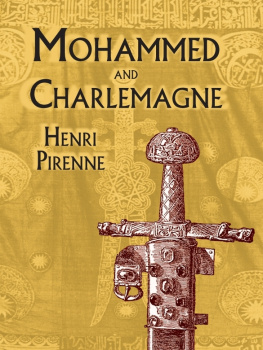

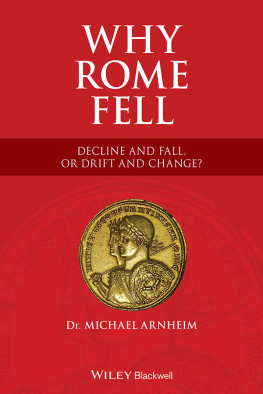
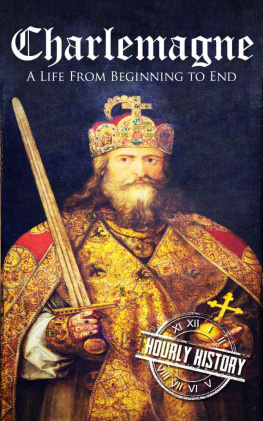

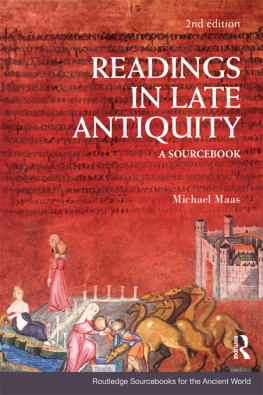
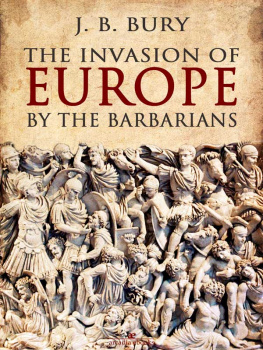
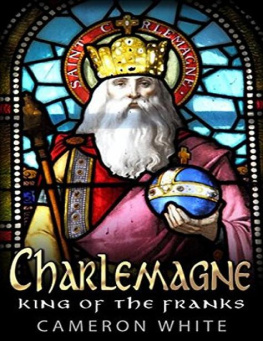
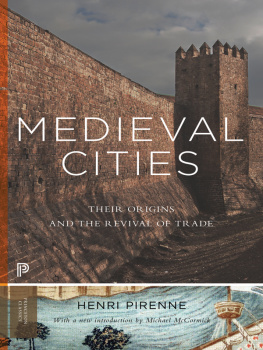
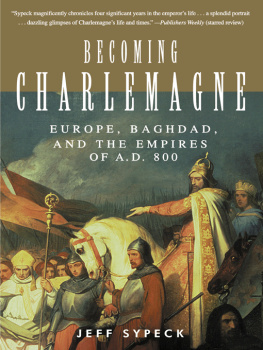
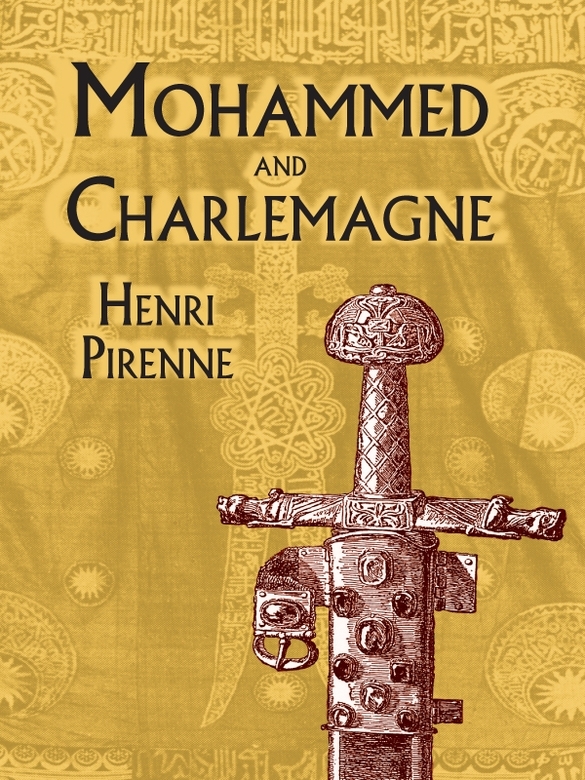

 x 8.
x 8.